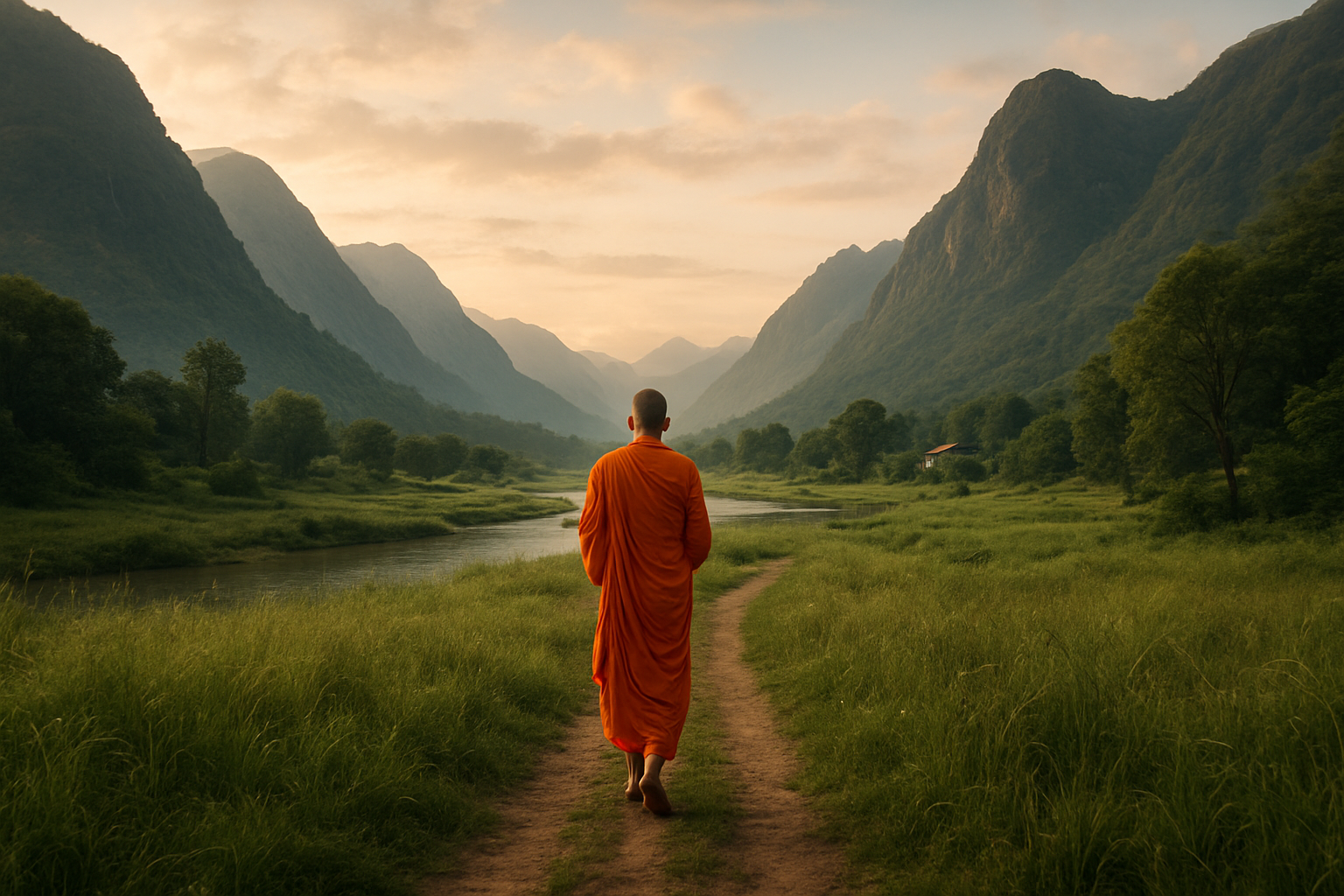In the realm of myth and magic, the concept of the valley has long been intertwined with notions of humility, introspection, and renewal. A journey back to the valley is often depicted as a return to an inner source of strength, a pilgrimage to the heart of wisdom where the noise of the world fades into the gentle whisper of the soul.
The valley, in many traditions, is seen as a place of sanctuary and growth. It is the lowland where life flourishes, nestled between towering peaks. This symbolism is eloquently expressed in the ancient Taoist text, the Tao Te Ching. Lao Tzu writes, “The valley spirit never dies; It is the woman, primal mother. Her gateway is the root of heaven and earth. It is like a veil barely seen, use it; it will never fail.”
- Rebirth through Humility: At its core, the valley is a metaphor for humility. By descending into the valley, one sheds the burdens of ego and ambition. It is here that individuals find the essence of their being, unburdened by the world’s heights.
- The Heart of the Way: The Tao, often translated as “The Way,” embraces the valley as a path to tranquility and insight. The valley’s quietude offers a contrast to the striving and chaos of the external world. In returning to this humble state, practitioners of the Tao seek balance and peace.
- A Place of Renewal: In the valley, springtime brings life back to the world, with rivers, plants, and creatures thriving. This cyclical renewal reminds us of life’s continuity and resilience. It is symbolic of the inner renewal one can experience through introspection.
“It is good to have an end to journey toward; but it is the journey that matters, in the end.” —Ursula K. Le Guin
In contemporary times, when the pressures of modern living can feel overwhelming, the metaphor of the valley is more relevant than ever. As people seek solace in mindfulness and retreat, the valley offers a reprieve from the relentless pursuit of success and status.
Returning to the valley is not just a physical journey but a spiritual one, inviting us to embrace humility, foster renewal, and understand the heart of the way. It is a call to listen to one’s inner voice and remember that even amidst life’s climb, it is in the valley where the spirit finds its deepest peace.

